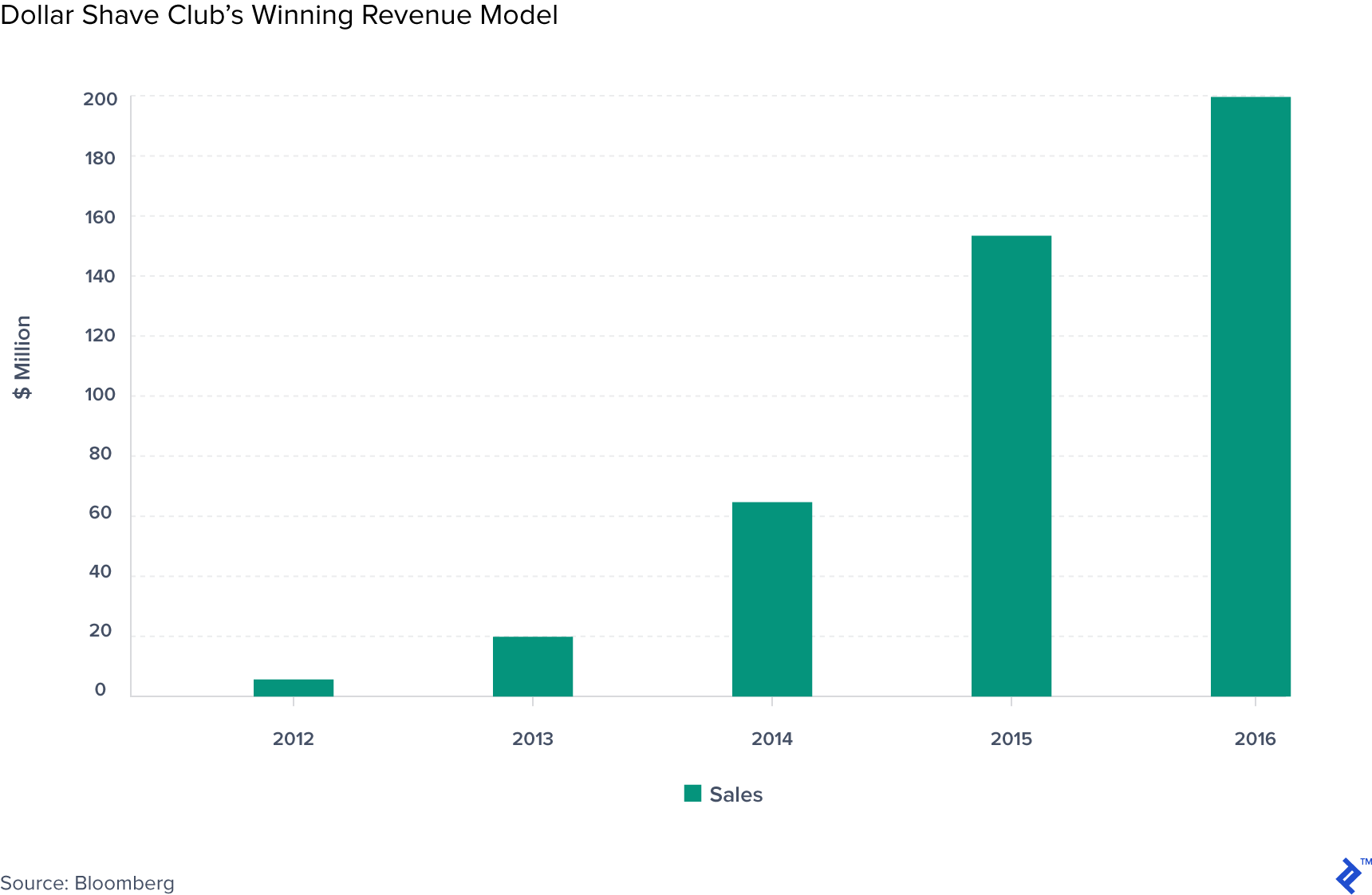

The time and cost of shopping at local shops and farmers’ markets is prohibitive for many, so the sheer convenience of super marketing shopping is a competitive advantage. So in five forces terms, I would argue the supermarkets had some monopoly power - customers have a choice but the time and cost of travelling to a competitor is a factor. Competition was often moderated by the distance to the nearest competitor and so they made good margins. As shoppers will only drive so far to a store, they did compete, but really only in the local market. Because of their size and volume they had substantial buying power. They built their out of town super stores and grew rapidly. For many years they took market share from the traditional high street shops. Practical examples UK supermarketsįor many years the UK has been served by four big supermarket chains, Asda, Morrisons, Sainsbury and Tesco. For existing players, managing the dynamics is important as the entry of new suppliers will often drive down prices for all. The former leaves either the buyer the option of going elsewhere and the latter may deter suppliers from being over greedy as a new entrant will change the dynamics of the market. What moderates the bargaining power of either party is moderated by the substitutability of the product or service and the threat of new entrants. Customer bargaining power can be seen as the mirror image of these factors. The bargaining power of your suppliers will depend on a number of factors the volume you require, the number of alternative suppliers in the market place, your growth potential as a customer or even your brand.


However, it just takes one company to be aggressively increasing market share for this situation to change and create intense competition between existing incumbents. Similarly, if the market is fast growing and companies are struggling to keep up with the demand, again competition can be reduced. A monopoly situation, or a situation with a few dominant competitors, can mean that rivalry is not intense. Rivalry between competitors often depends on the structure of the industry. The threat of product or service substitution.The strength of the approach lies in the questions it asks about your industry, market or niche. Porter developed his Five Forces framework as a way of exploring the competitiveness of a particular industry setting or market place. Historically in South Africa, the conduct where your incumbent supermarkets, your powerful supermarkets that have been around for a really long time, history the conduct is that they enter into leases with property developers or property owners, and these leases contain exclusive clauses, and these clauses which specifically stipulate that new entrants cannot locate in the same shopping mall or the same shopping centre for a given amount of time.Explore the competitive landscape of your industry sector. Reena das Nair, Senior Researcher at the CCRED, says that newer businesses such as Fruit & Veg have shown the value a new entrant can have in the country's retail industry for both suppliers and consumers, but still face obstacles which appear to be to the benefit of bigger retail chains. If you look at the experiences of new entrants such as Fruit & Veg City, the entry of these triggers brings about huge benefits for suppliers into the supermarket value chain, as well as for consumers Reena das Nair, Senior Researcher at the Centre for Competition, Regulation and Economic Development at the University of Johannesburg (UJ) This is according to a study by the Centre for Competition, Regulation and Economic Development (CCRED) at the University of Johannesburg, which finds that the country's big and long-established retail chains hold over 70% of the country's retail market share. Multiple barriers to entry need to be looked at to make it easier for new entrants to break into South Africa's retail industry. Reena das Nair describes the challenges of new entrants to break into South Africa's retail sector.


 0 kommentar(er)
0 kommentar(er)
